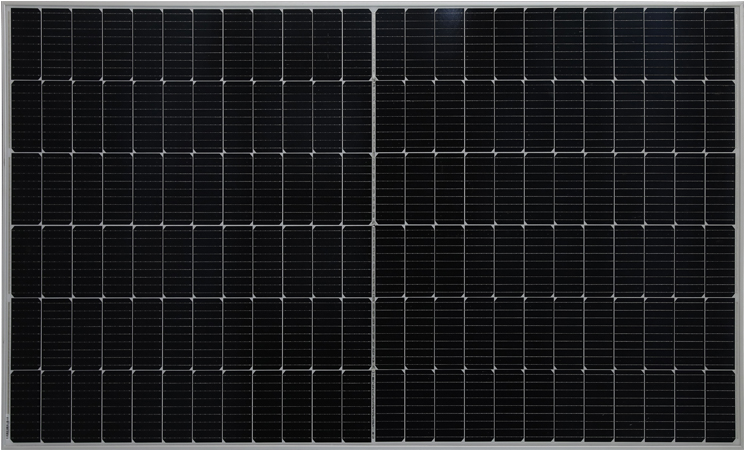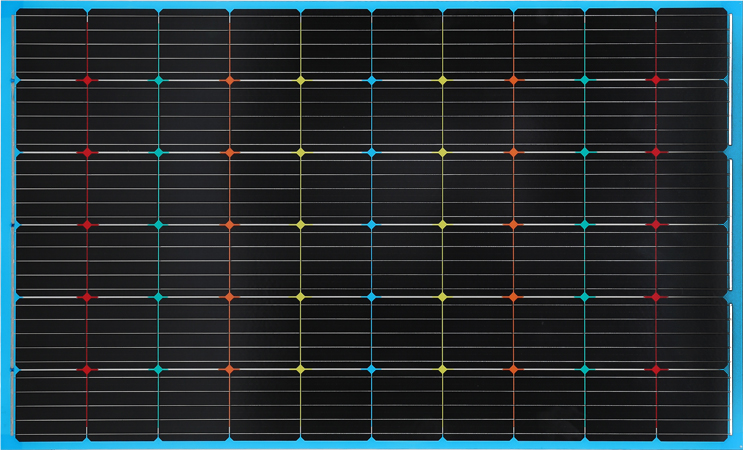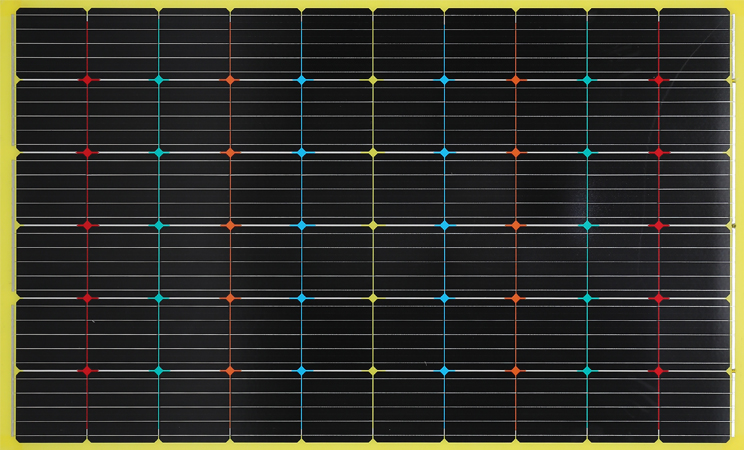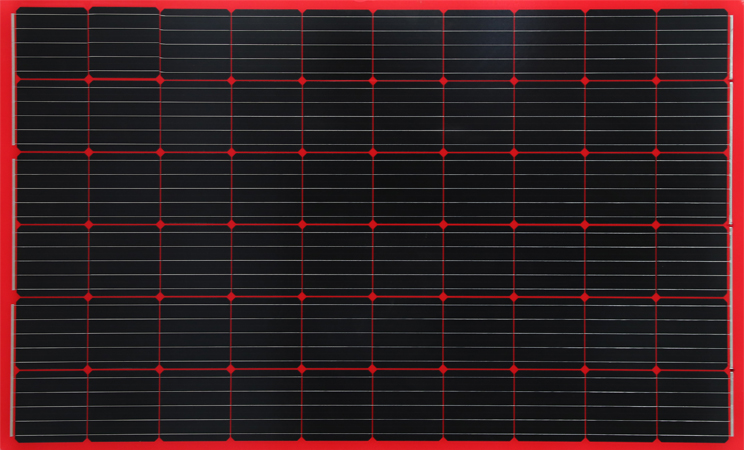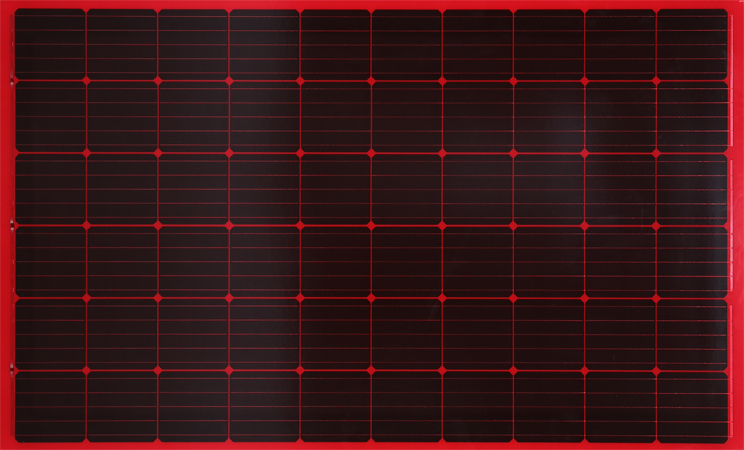The growing interest in achieving energy efficiency in buildings and the need to reduce dependence on unclean external sources have led to the development of technologies aimed at integrating solar electricity generation with the building envelope. This approach enables architects to design more energy efficient, environmentally-friendly and aesthetically pleasing buildings.
One of the most interesting applications for such technology is the use of transparent BIPV Module (BIPV: Building Integrated Photovoltaic). These modules replace conventional materials in the building facade and integrate solar energy generation into them. These modules can be used as windows, doors, and façades and are characterized by their transparency. The transparency is achieved either by spacing the opaque solar cells apart or by using thin-film technologies such as amorphous silicon, cadmium telluride and copper indium gallium selenide, which allow for varying degrees of transparency.
These modules are composed of transparent glazing and a solar cell layer. In some cases the resulting glass is colored and thus it can be used as a decorative element in a building's facade. They can also be used as skylights, blinds and louvers, among others. They are designed to combine electricity generation with other functionalities such as insulation, daylight dimming, ventilation and water heating.
Several studies have been published on the energy performance of BIPV Module in a variety of climatic conditions, showing that they can be an effective and attractive way of generating energy while simultaneously reducing the use of conventional materials in the construction of buildings. However, the assessment of their performance is complicated because they present a set of challenges relating to their optical and electrical behaviours.
In fact, the insulating properties of BIPV Module are not directly comparable with those of conventional glazing due to the presence of the solar cell layer. For this reason, assessing the thermal performance of BIPV Module is a complex task and the methods usually applied to conventional glazing may produce erroneous results. For this reason, it is necessary to develop methodologies for evaluating the energy performance of semi-transparent BIPV Module in terms of power generation, energy conservation and lighting quality.
It is also aimed at highlighting the main differences between the different types of BIPV systems. This approach will enable the identification of the best solution for each project, minimizing costs and maximising the energy generated from solar sources. Moreover, it will facilitate the comparison of different energy solutions in different locations and climates. This will help architects to select the most appropriate and cost-efficient solutions for their projects. In this way, they will be able to provide a better service to their clients and contribute to the environmental sustainability of the built environment.

